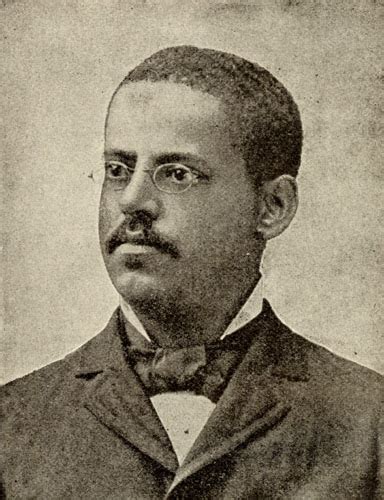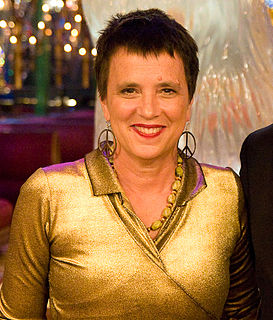A Quote by Lewis Thomas
Given the opportunity, under the right conditions, two cells from wildly different sources, a yeast cell, say, and a chicken erythrocyte, will touch, fuse, and the two nuclei will then fuse as well, and the new hybrid cell will now divide into monstrous progeny. Naked cells, lacking self-respect, do not seem to have any sense of self.
Related Quotes
Life evolved under conditions of light and darkness, light and then darkness. And so plants and animals developed their own internal clocks so that they would be ready for these changes in light. These are chemical clocks, and they're found in every known being that has two or more cells and in some that only have one cell.
You know the theory of cell irritability? If you take an amoeba cell and poke it a thousand times, it will change and then re-form into its original shape. And then, the thousandth time you poke this amoeba, the cell will completely collapse and become nothing. That's kind of what it's like being famous. People say hi, how are you doing, and after the thousandth time, you just get angry; you really pop.
For the last century of neuroscience, lots of people have tried to control neurons using all sorts of different technologies - pharmacology (drugs), electrical pulses, and so on. But none of these technologies are precise. With optogenetics, we can aim light at a single cell, or a set of cells, and turn just that set of cells on or off.
Most of our brain cells are glial cells, once thought to be mere support cells, but now understood as having a critical role in brain function. Glial cells in the human brain are markedly different from glial cells in other brains, suggesting that they may be important in the evolution of brain function.





































